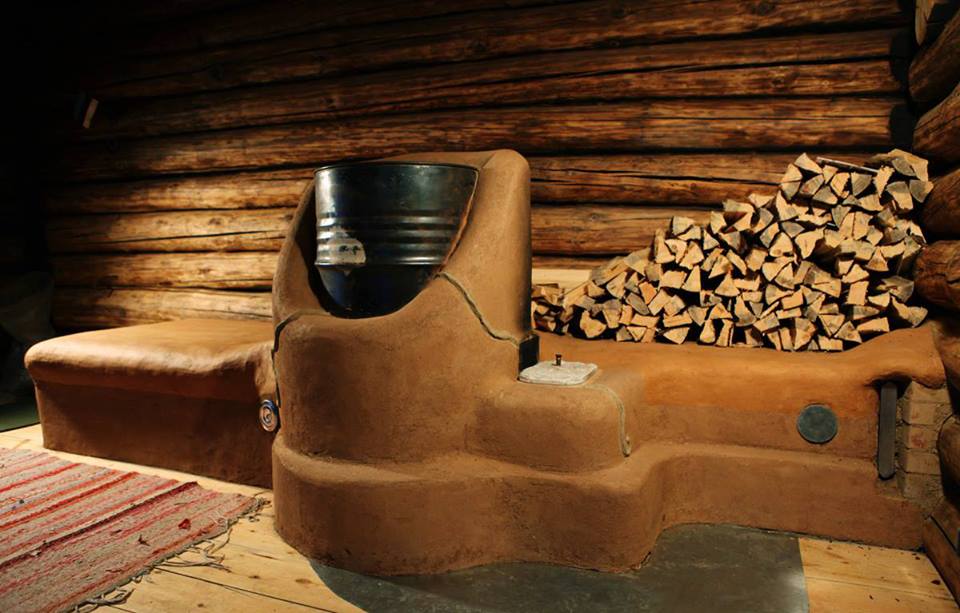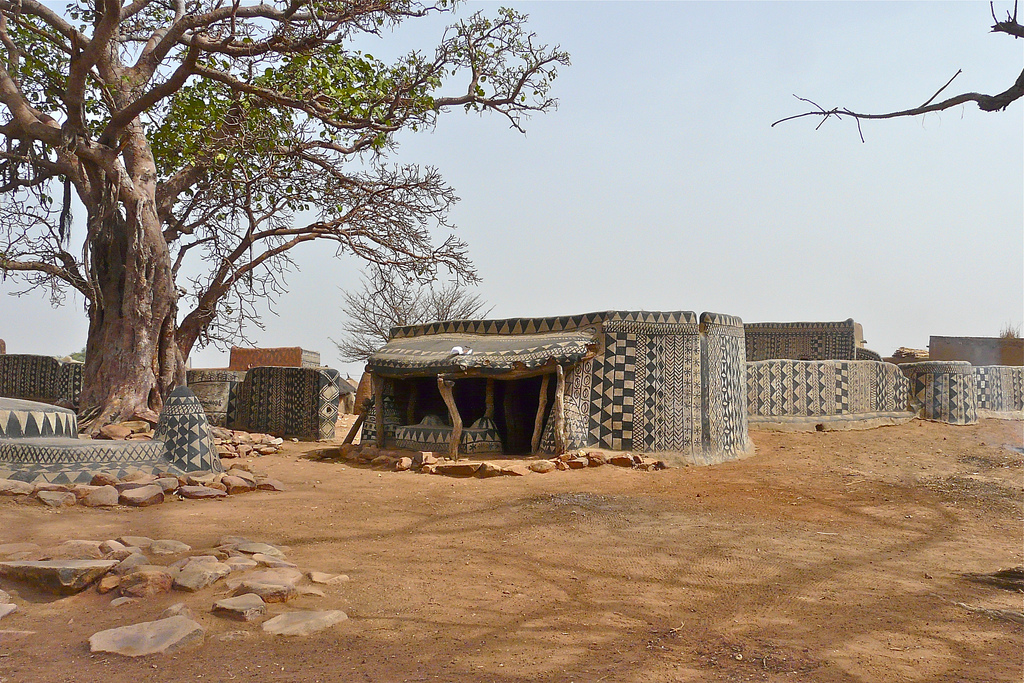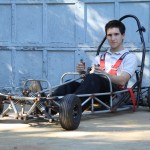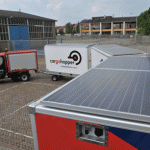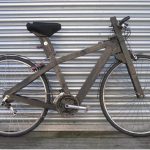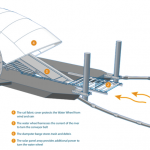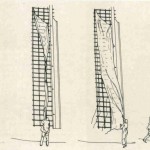How to make your own $35 straw mattress. Previously: A mattress that lasts a lifetime.
Make Your Own $35 Straw Mattress
The Venetian Handcart
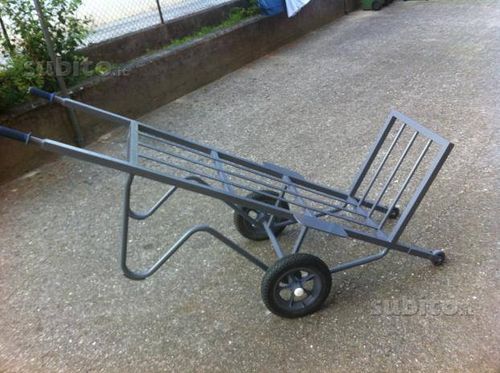 Giuliana Fornaciari draws our attention to yet another example of ingenious handcart technology: the Venetian cart.
Giuliana Fornaciari draws our attention to yet another example of ingenious handcart technology: the Venetian cart.
The vehicle has two small wheels at the end of the horizontal bars, which are used to overcome the steps of Venetian bridges and staircases.
We have said it before: low-tech solutions are by definition local solutions. It is technology that adapts to the environment, not the other way around.
The picture comes from classified ads website Subito; the cart is for sale (199 euro). To be picked up in Venice, obviously.
Three more pictures here, here and here. More sustainable small-scale cargo options.
Carbon-Negative Energy Machines
 “All Power Labs makes machines that use an ancient process called gasification to turn out not only carbon-neutral energy, but also a carbon-rich charcoal by-product that just happens to be a fertilizer so efficient that Tom Price, the company’s director of strategic initiatives, calls it “plant crack”.
“All Power Labs makes machines that use an ancient process called gasification to turn out not only carbon-neutral energy, but also a carbon-rich charcoal by-product that just happens to be a fertilizer so efficient that Tom Price, the company’s director of strategic initiatives, calls it “plant crack”.
Gasification, in which dense biomass smoldering — but not combusting — in a low-oxygen environment is converted to hydrogen gas, is nothing new. Price said that ancient cultures used it to enrich their soils, and during World War II, a million vehicles utilized the technology. But after the war, it more or less vanished from the planet, for reasons unknown.
All Power Labs has taken gasification and combined it with two of the
Bay Area’s most valuable commodities — a rich maker culture and
cutting-edge programming skills — to produce what are called
PowerPallets. Feed a bunch of walnut shells or wood chips into these
$27,000 machines and you get fully clean energy at less than 10 cents a
kilowatt hour, a fraction of what other green power sources can cost.
Because there’s no combustion in All Power Labs’ gasification process, the carbon isn’t released into the air.
Rather, it is pulled from the biomass and converted into charcoal. Thanks to gasification and the fact that that charcoal can be put back into the ground, the process of releasing carbon is reversed, Price argued.”
Read more: Carbon-negative energy source a reality, and cheap too. Via Slashdot.
Rocket Stove Heating
A rocket stove is not quite as efficient and clean-burning as a masonry heater, but it is much more DIY-friendly to build. The idea is that the configuration allows excess oxygen to increase the burn temperature of the fire. Hotter temperature means you want to store the heat energy into a high thermal mass material. Lots of great links at I fucking love rocket stoves.
Foot Powered Sieve and Bandsaw
The Archanes Project, a natural building collective from Greece, shows two interesting designs for foot-powered machines: a sieve and a bandsaw.
“When George Chiletzakis told us that he wants to make a bandsaw, that will operate without electric power, at the beginning we all laughed. It seemed that this gave him bigger strength and inspiration to show us that he who laughs last, laughs best.”
Decorated Mud Houses in Burkina Faso
“In the south of Burkina Faso, a landlocked country in west Africa, near the border with Ghana lies a small, circular village of about 1.2 hectares, called Tiébélé. This is home of the Kassena people, one of the oldest ethnic groups that had settled in the territory of Burkina Faso in the 15th century. Tiébélé is known for their amazing traditional Gourounsi architecture and elaborately decorated walls of their homes.”
“Burkina Faso is a poor country, even by West African standards, and possibly the poorest in the world. But they are culturally rich, and decorating the walls of their buildings is an important part of their cultural legacy in this area of the country. Wall decorating is always a community project done by the women and it’s a very ancient practice that dates from the sixteenth century AD.”
Read more: Decorated Mud Houses of Tiébélé, Burkina Faso. Picture (and many more pictures): Rita Willaert.
